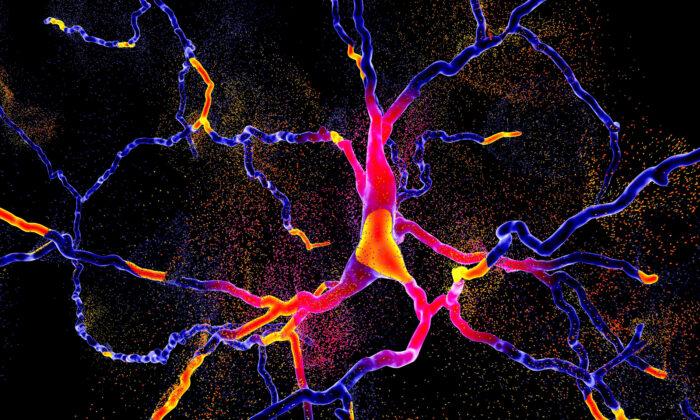According to a study published in late December 2022, the subtypes are divided into four clusters of symptoms: cardiac and renal; respiratory, sleep, and anxiety; musculoskeletal and nervous system; and digestive and respiratory.
Combined, nearly 20 percent of Americans who were diagnosed with a COVID-19 infection reported later experiencing symptoms of long COVID.
Each of the 4 Subtypes Has Specific Attributes
The cardiac and renal type accounts for just slightly more than one-third of all long-COVID patients in the study. This group was also older than the others, with an average age of 65. Of this group, 61 percent were hospitalized during their initial COVID infection and nearly 10 percent required a stay in an ICU.Those with this phenotype were more likely to develop symptoms and conditions like heart and circulation conditions, renal failure, anemia, and trouble regulating fluid and electrolyte levels.
The respiratory, sleep problems, and anxiety subtype accounted for another third of the total patients. This group also suffered from symptoms like chest pains and headaches. This group was predominantly female and had a lower median age of 51. Only 31 percent of these patients were initially hospitalized for their COVID infection, and they were mostly infected during later waves between November 2021 and November 2022.
The other two types, musculoskeletal and nervous system and digestive and respiratory subtypes were found in about 20 percent and 10 percent, respectively.
Of three of the four types, females are much more likely to suffer from these long-COVID phenotypes compared to males. Only the most common—the cardiac and renal type—was dispersed about equally between the sexes.
Several Possibilities Regarding Long COVID
Long COVID refers to symptoms that manifest days, months, or even years after someone’s initial COVID-19 infection. Even those who had mild COVID infections, including those who never tested positive for the virus, can develop long-COVID symptoms.However, those who suffered from more severe initial infections were even more likely to develop long COVID, as were the participants who were suffering from preexisting conditions such as diabetes, asthma, and anxiety.
“Several possibilities exist, including tissue damage due to a chronic infection, inflammation, and blood clots,” Dr. Steven Deeks, a professor of medicine at the University of California, San Francisco, told The Epoch Times.
Current Treatment Available
Current treatment depends on the types of symptoms a person has. Research still remains limited and treatment options can be scattershot, although they traditionally revolve around the management of symptoms and supportive care.“It is certainly possible that each syndrome or type of long COVID has its own unique mechanism, and hence will need its own specific treatment,” said Deeks.
Treating preexisting and underlying conditions such as diabetes or hypertension can offer sufferers of long COVID relief as well.
When it comes to brain fog and muscular-skeletal problems, experts recommend staying active to help alleviate some symptoms.
“Mental exercises can help patients deal with brain fog and physical exercises can assist in alleviating difficulty in movement,” said Dr. William Schaffner, professor of medicine at Vanderbilt University.





